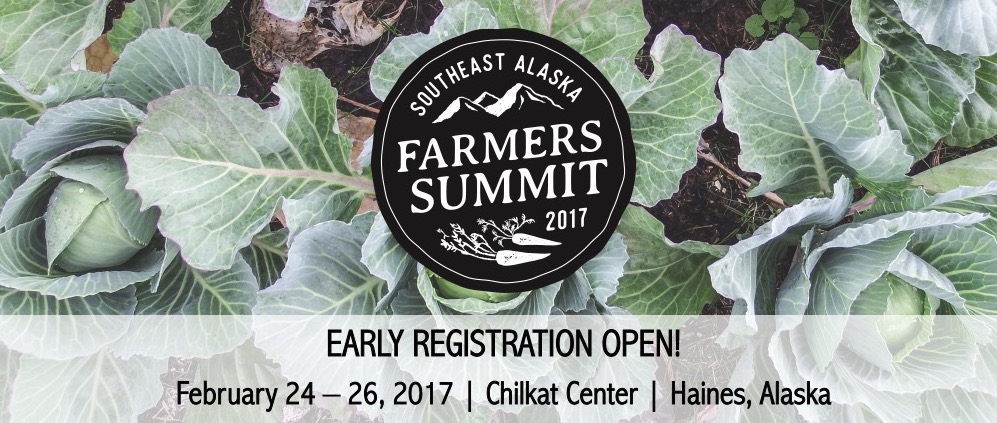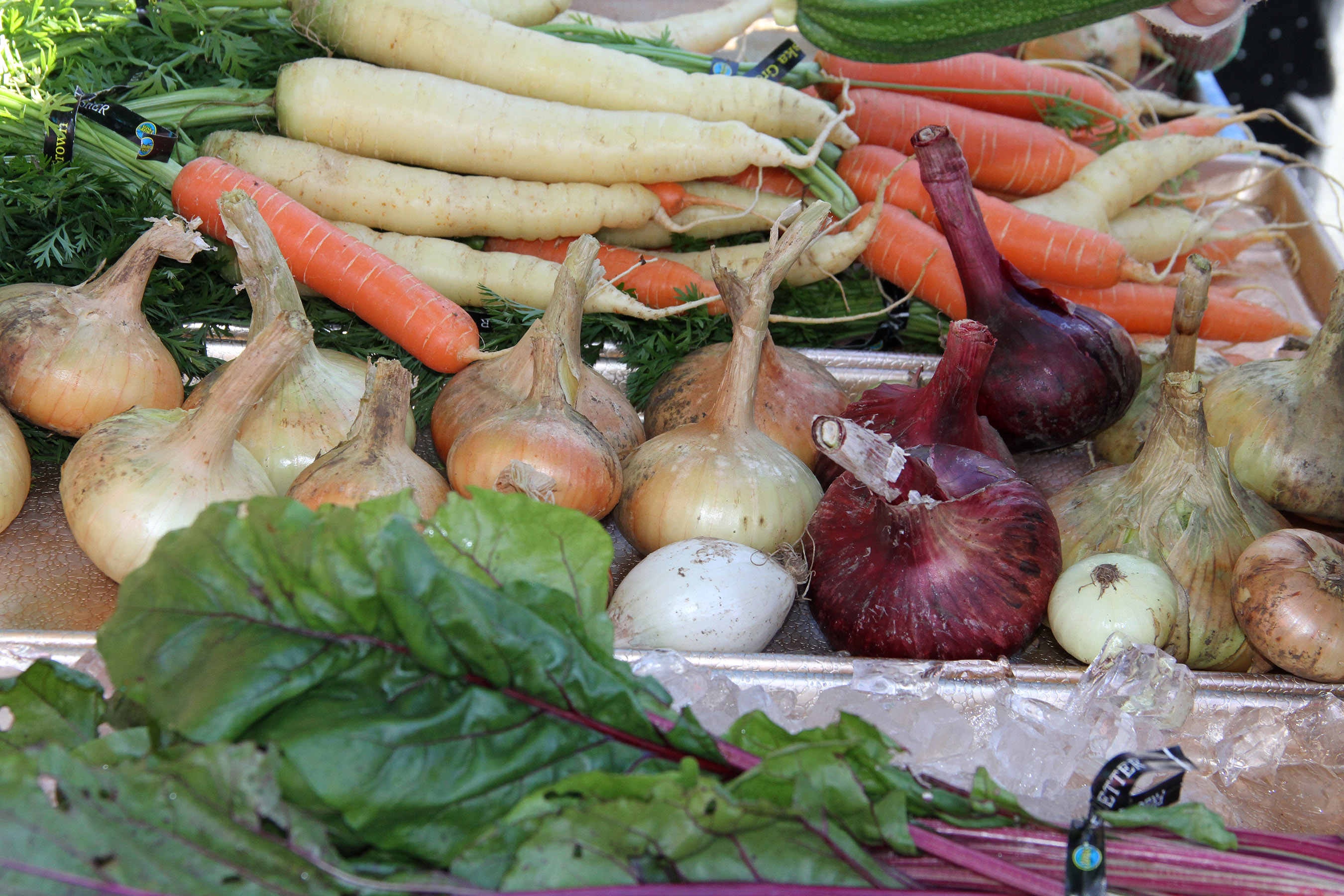
The University of Alaska Fairbanks Cooperative Extension Service will teach a certified food protection manager workshop on Tuesday, April 23. This is a one-day statewide class that will be offered by videoconferencing to Fairbanks, Galena, Glennallen, Haines, Homer, Juneau, Klawock, Palmer, Sitka, Skagway, Soldotna, Talkeetna, Tok, Unalaska, Valdez, and Wrangell, plus other locations that may arrange for the class.
A certified food protection manager (CFPM) is responsible for monitoring and managing all food establishment operations to ensure that the facility is operating in compliance with food establishment regulations.
A CFPM is knowledgeable about food safety practices and uses this knowledge to provide consumers with safe food, protect public health and prevent food-borne illnesses. Alaska regulations require food establishments to have at least one CFPM on staff.
This course takes place from 8 a.m. to 5:30 p.m., and participants will take a proctored computer-based exam at the end of the class. The reason the registration deadline is two weeks before the class is to guarantee course materials reach all the students in time. The cost is $200, and the course will be taught by Julie Cascio of Palmer. Students can register here, and the registration deadline is Monday, April 8 (note, if anybody in Sitka wants to take the class and it’s past the deadline, contact Jasmine Shaw at the number below).
The Sitka videoconference for the class will take place in a room TBA at the University of Alaska Southeast Sitka Campus. To learn more, contact Jasmine Shaw at the Sitka District Office of the UAF Cooperative Extension Service at 747-9440, or contact Julie Cascio at (907) 745-3677 (Palmer number) or jmcascio@alaska.edu. Note, this class is taught in English but textbooks are available in Korean, Chinese and Spanish, just contact Julie at least three weeks before the class.
Also, the ServSafe book ($70) and certification exam ($85) now are available online, if people want to order the book and study independently without taking the class. Just go to this website and purchase the book and exam items.
In order to receive your CFPM, you are only required to pass the exam. Taking the training course is optional. If you have previously taken the course and passed the exam, you may wish to only schedule an exam. The UAF Cooperative Extension Service is working to create a network of exam proctors throughout Alaska.













You must be logged in to post a comment.